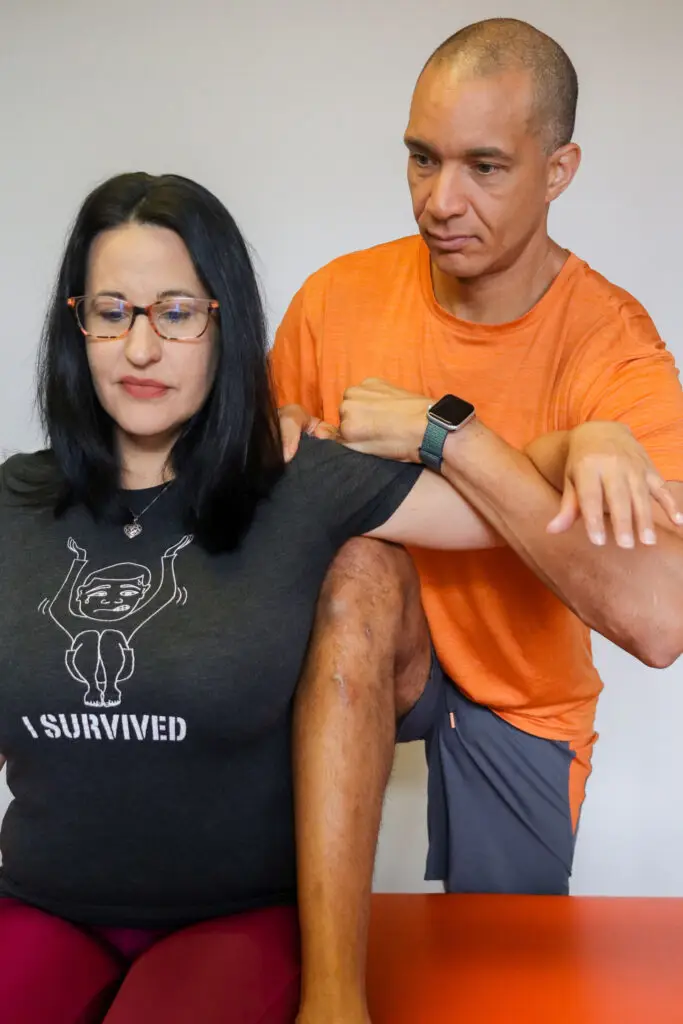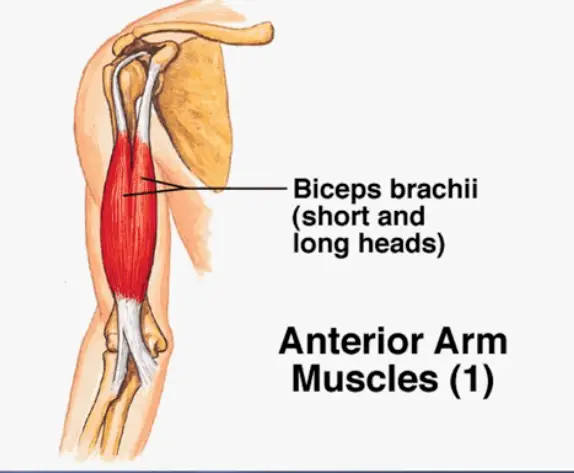Living with tendon and ligament pain isn’t just an inconvenience—it can truly limit your movement and quality of life, sometimes even leading to surgery. While traditional treatments like ultrasound, cold & heat therapy, massage, general exercises, and medications primarily target inflammation, they often miss the mark on fully restoring function. That’s where TTLS (Targeted Tendon and Ligament Soft Tissue Stimulation) comes in.
After tendon and ligament pain, inflammation is your body’s natural way of defending, cleaning up, and repairing after an injury or infection. Think of it as your body’s first responder. Although inflammation is crucial for healing, chronic inflammation is where things go wrong. Traditional approaches like R.I.C.E (Rest, Ice, Compression, Elevation) have outlived their usefulness. Ice and anti-inflammatory meds work well in the first 12–24 hours, but after that, they can actually hinder the natural healing process.
TTLS bridges that gap by:

Tendons are the connective tissue linking muscles to bones. They’re essentially extensions of your muscle fascia and are crucial for muscle function, thanks to the proprioceptors they house (think of these as tiny, smart computers that help your body sense its own movement).
Tendon Strains & Tendinopathy: Whether you’re dealing with a strain or a more persistent tendinopathy, a specific stimulation of the affected tendon is essential.
Short-Term Relief: For strains, short-term use of NSAIDs and ice (within the first 12–24 hours) can aid initial recovery.
Long-Term Recovery: For tendinopathy, a targeted approach combining TTLS with specific corrective exercises helps break the cycle of pain and inflammation.
TTLS isn’t a one-size-fits-all solution. There’s a unique TTLS technique for nearly every tendon in your body—each one demands its own tailored posture and approach. General massage or non-specific ultrasound simply won’t cut it when it comes to giving your tendon the precise “education” it needs to heal properly.

If you’re seeing a chiropractor, physical therapist, or osteopathic doctor, understand that soft tissue treatment like TTLS is essential. Adjustments without prior tendon softening are like getting pushed unexpectedly—it is scarry and will fight it and can trigger microtears and worsen soreness. TTLS prepares your body, making any necessary adjustments gentler and more sustainable.
Ligaments, unlike tendons, don’t originate from muscle fascia and sometimes aren’t even attached to bone. Yet, they play a critical role in maintaining stability and balance. Ligament pain is often the result of strains (grade 1 or 2), and while more severe cases might require orthopedic intervention, TTLS offers a targeted treatment for milder injuries.
How TTLS Helps Ligaments:
Precision Matters: Standard proprioception exercises may miss deeper ligament structures, which is where a specialized Soma Therapist (SMTr) using TTLS comes into play.
Stimulating Proprioceptors: TTLS for ligaments aims to activate proprioceptors, enhancing your body’s awareness and coordination.
TTLS shines when integrated with a broader, holistic therapy and exercise program. At Solcore Fitness and Therapy, our philosophy is simple: the body works as a unified whole. Addressing only one element—whether it’s inflammation or misaligned soft tissue—won’t bring lasting relief. That’s why we combine:
Ongoing Support: Exclusive video resources and continuous guidance to keep you progressing, even at home.
Osteopathic Manual Therapy (OMT): Hands-on techniques that realign and restore balance.
Tailored Exercise Programs: Customized training sessions that complement your manual therapy
Imagine a life where pain no longer limits your movement—a life with improved mobility and a body that heals naturally. If you’re in Santa Fe, NM, and ready to experience the transformative power of a holistic approach to tendon and ligament health, we invite you to explore our unique method.
Book Your Complimentary Consultation Today!
Let’s discuss your challenges, goals, and how our integrated approach can set you on the path to a healthier, more resilient body. There’s no obligation—just an open, honest conversation about reclaiming your optimal joint health.